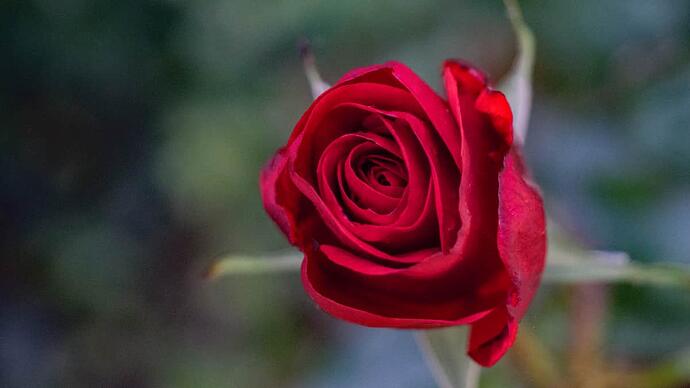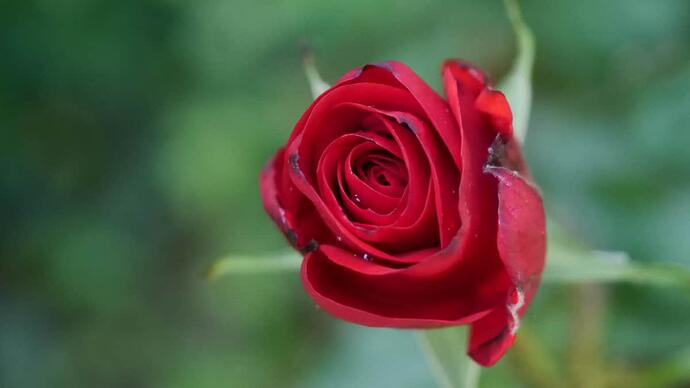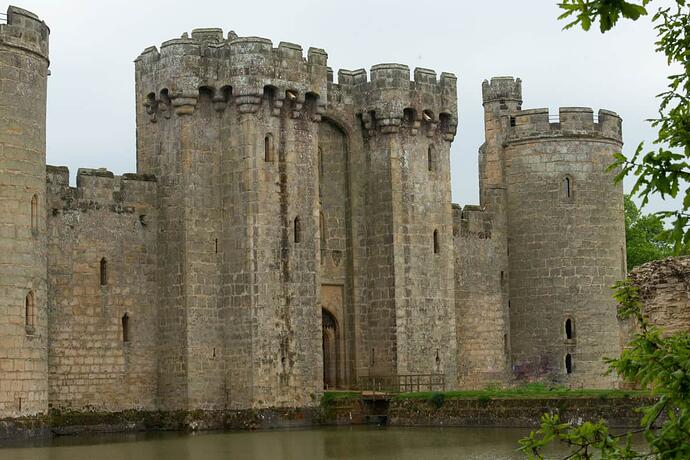View full size first
same photo after and before. Sometimes a photo needs a bit of work on it as above. not perfect and not intended to be. just to give some idea what can be done
the question is “is it better to leave as nature intended or have a helping hand?” I leave that up to you
6 Likes
I’ve been into photography for many years and the debate about retouching rages on, made worse by the advent of AI – which is starting to appear as a function of programs such as Lightroom and Photoshop.
Cameras do not perceive light and colour the same way as a human eye, and sometimes the camera image will appear different when viewed on a monitor/smartphone, unless they are calibrated with the same graphic profile. Its hard to judge a photo ‘on the fly’ which has just been taken on a 2” screen. (Which is why I link my camera to an Ipad to mainly gauge focus). On that point, I see nothing wrong with colour/contrast corrections to bring out details which would otherwise be subdued. Same goes with cropping or even painting out some unwanted minor detail. I am gradually moving towards professional photography and have been commissioned to capture weddings, birthdays, engagements etc and in order to bring out the best of each image, there needs to be a degree of “post processing” in order to achieve best results - anyone who uses RAW files will know what I’m on about. That said, I always aim to get my pictures greater than 90% in camera with only minor adjustment required. 100% would be nice, but not always possible for various reasons.
I think it crosses a line when the final image is radically different from the taken image and is the product of computer manipulation, rather than skill of the photographer. I see AI as a threat to creativity and skill in photography, as it takes a long time to know how to use a camera, both artistically and technically and allows anyone to pass off amazing shots which have been taken with some background intelligence and with no human intervention whatsoever, apart from taking some ‘snap’ and let AI do all the work, with unpredictable results.
Incidentally, nice pic BTW.
2 Likes
I totally agree with Graham , one can go too far with editing.
However it has its advantages
Here is an example at a zoo where the mesh ruined a good photo . So to demonstrate I removed all signs of the mesh infront of the animal but left mesh around it.
the thing is to focus on the animal not the mesh which helps.
so a lot of my zoo shots appear as if I am in the compound with them.
of course a lot depends on what one is taking a photo of . At a plced of interest one could wait all day and still not get tghe shot due to people being in it. so the answedr is to edit them out
2 Likes
I have come to the conclusion that menu pictures are edited,the food never looks the same when placed in front of you, a lot smaller too.
A camera doesn’t always capture a scene the way the eye saw it and think a little enhancing/cropping to overcome that is OK. I will rarely remove anything that was in the way of original shot but it’s not unknown.
The Leopard photo looks better for it though.
Another form of editing is what is called “stitching”
Not done so much now with cameras being able to take panoramic photos. When I first got into digital photography the only way to make a panoramic photo was by taking several shots but different sections of a view. Then came the problem of lining up each photo one by one with a third overlap each time in editing, and what a pain that was. originally lining up each photo had to be done manually, then came along being able to do it automatically which saved a lot of time
There are photographrs that specialise in food photography. Even down to using tweezers to make a lettuce leaf in a burger look good.
1 Like





